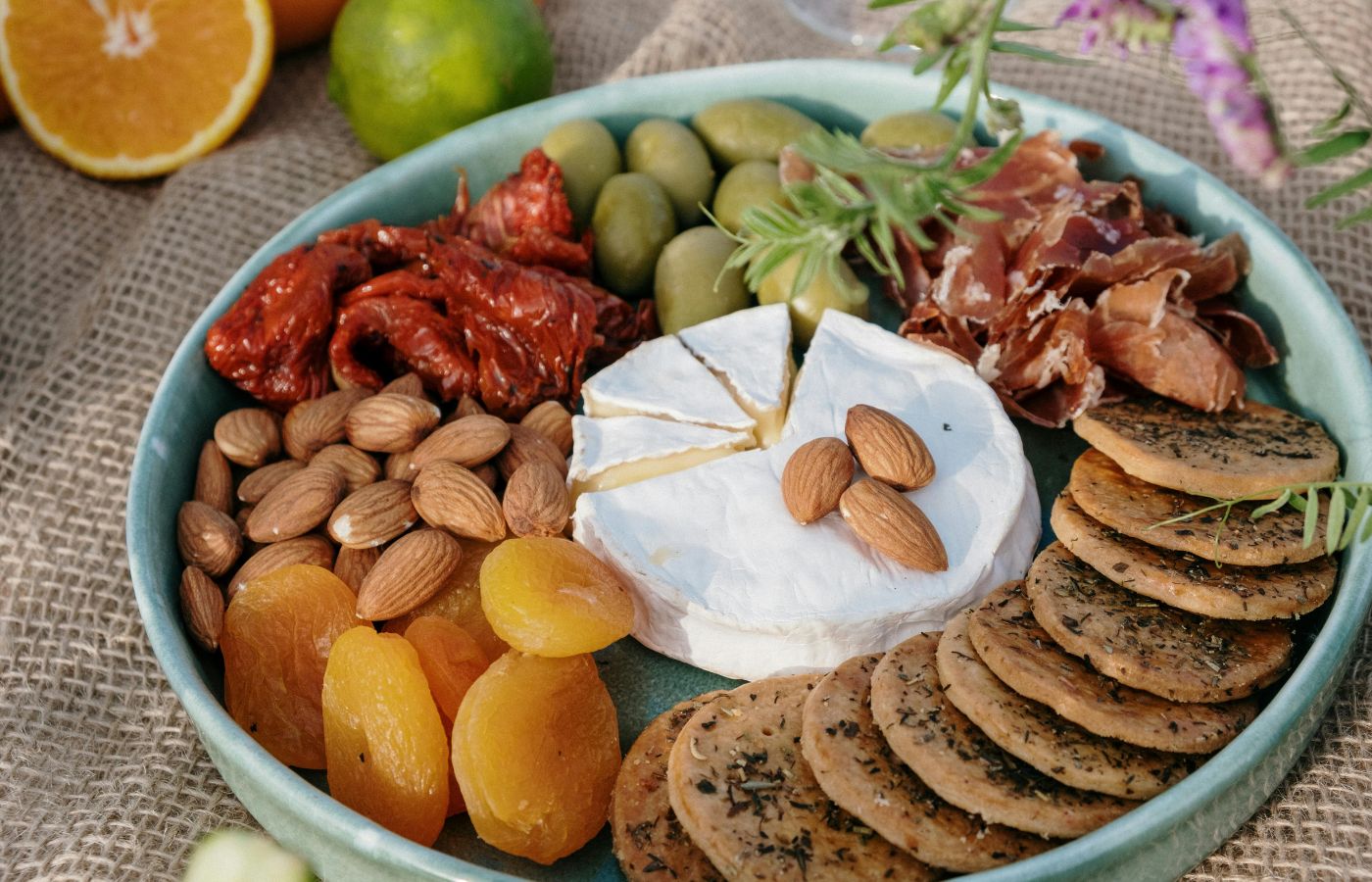Healthy eating doesn’t have to mean tracking every bite or weighing your food. In fact, one of the simplest and most sustainable ways to nourish your body is to focus on balance, not numbers.
A balanced plate gives your body the fuel it needs to stay energized, satisfied, and steady throughout the day. No app. No calculator. Just real food and a little structure that’s easy to remember—even when life gets busy.
Here’s how to build a plate that works for your body without stressing over the math.
Why Balance Matters More Than Calories
Calories do matter in the big picture—but obsessing over them can disconnect you from your hunger cues, lead to food guilt, and turn eating into a math problem instead of a form of nourishment.
When your plate is balanced, you naturally eat in a way that supports your energy, digestion, mood, and long-term health. Balanced meals help regulate blood sugar, prevent crashes, and keep you full longer, without needing a calorie tracker.
The 4 Elements of a Balanced Plate: 1. Protein
Protein helps repair tissues, supports muscles, and keeps you full. It’s a key player in blood sugar stability and long-term energy. Include a protein source at every meal. Think eggs, fish, poultry, tofu, beans, Greek yogurt, or lentils.
2. Fiber-Rich Carbohydrates
Carbs are your body’s main source of fuel. The key is choosing complex carbs with fiber—like whole grains, fruit, starchy vegetables, or legumes—over refined options. They digest more slowly, giving you lasting energy and fewer cravings later on.
3. Healthy Fats
Fat helps absorb vitamins, supports brain function, and adds satisfaction to your meals. A small portion of healthy fats like avocado, olive oil, nuts, seeds, or fatty fish helps you feel full and nourished, not restricted.
4. Colorful Vegetables or Fruits
Veggies and fruits bring fiber, antioxidants, and essential vitamins. They also add texture, color, and volume to your plate. Aim to fill at least a third of your plate with non-starchy vegetables like leafy greens, bell peppers, or broccoli, or add fruit for a touch of sweetness.
A Simple Visual Guide
You don’t need measuring cups or food scales to get this right. Use your plate as a visual tool.
- Half your plate: non-starchy vegetables or a mix of veggies and fruit
- One-quarter of your plate: protein
- One-quarter of your plate: complex carbohydrates
- Add a thumb-sized portion of healthy fat or cook with it
It’s not exact science, but it works. And it gives you structure without restriction.
What It Looks Like in Real Life
A balanced plate might look like:
- Grilled chicken with quinoa, sautéed kale, and a drizzle of olive oil
- Tofu stir-fry with brown rice, broccoli, and sesame seeds
- Eggs with avocado toast and berries
- Lentil soup with a side salad and a slice of whole grain bread
- Salmon with sweet potato, green beans, and a handful of walnuts
The combinations are endless, and there’s no need to cut out entire food groups.
Tips to Stay Consistent Without Getting Stuck in the Details
Start with one balanced meal a day and build from there. Don’t worry about perfection. Notice how different meals make you feel—satisfied, tired, bloated, or energized. Use that feedback to adjust.
Make grocery shopping easy by stocking up on a few go-to proteins, grains, veggies, and fats each week. Mix and match without overthinking.
Most importantly, give yourself grace. One unbalanced meal isn’t a failure. It’s just part of the flow of real life.
You don’t need to count, track, or obsess to eat well. You just need a simple system that makes sense for your body and your schedule.
A balanced plate is a tool, not a rule. It helps you feel nourished, focused, and steady without turning food into a project. Focus on what you’re adding to your plate—not what you’re taking away. That’s how sustainable habits start—and how real health feels.



